Media | Articles
America’s first vehicular tunnel likely cost its brilliant creator his life

As New York City’s population grew in the early 1900s, commuter ferries became more crowded and automobile traffic increased on both sides of the Hudson River, amplifying the need for a tunnel connecting New York and New Jersey. Figuring out how to build it proved to be a tricky endeavor, but one genius engineer eventually solved the puzzle—and the stress of it all likely cost him his life.
On October 12, 1920, construction began on the now-famous 1.6-mile Holland Tunnel between Manhattan and Jersey City. Its namesake, Clifford Milburn Holland, would never see it completed.

The tunnel project, originally named the Hudson River Vehicular Tunnel, had been suggested as early as 1906, but it wasn’t until 1919 that the New York State Bridge and Tunnel Commission appointed the 36-year-old Holland as its chief engineer. The Harvard-educated Holland poured himself into the $48.5-million venture, and the young engineer’s problem-solving skills during the tunnel’s planning and construction are well documented.
Train tunnels were common—Holland, in fact, had experience working as an engineer on New York’s subway system—but there were other considerations involved in constructing a shaft that would not only become the world’s longest underground tunnel but had to be twice as wide as any train tunnel to accommodate four lanes of automobile traffic. Holland and his design engineer, Ole Singstad, carried out over 2000 experiments before settling on construction and operational methods that became industry standards.

While boring out the tunnel, the shaft was filled with compressed air to keep the water from seeping in, and a cylinder was pushed into the tunnel to protect the workers and allow them to build a cast-iron lining. Entering and exiting the tunnel involved compression and decompression measures, much like deep-sea diving.
Marketplace
Buy and sell classics with confidence
Some of Holland’s experiments were performed in a small Pennsylvania coal mine and helped to determine the best way to vent the tunnel and expel the vehicles’ exhaust. Holland’s solution was to build four six-story ventilation shafts and install 84 fans (some as large as eight-feet wide) to circulate 3.5 million cubic feet of fresh air into the tunnel every minute. Without that ventilation, drivers could be overcome by carbon monoxide before they exited the tunnel.
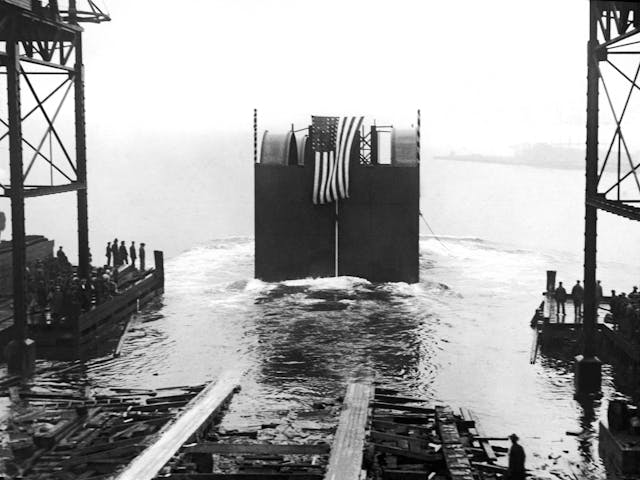
Holland, who suffered from heart problems, was under intense pressure to successfully complete the “Highway under the Hudson.” The long hours and constant stress proved too much, and in October 1924 he suffered a nervous breakdown. Two weeks later, while recovering in a sanatorium in Battle Creek, Michigan, Holland suffered a fatal heart attack. He was 41.
“If I had known it was sapping his strength so much, I would have urged him to be more careful,” his wife, Anna Holland, said, “but he was so completely wrapped up in his work that I really do not know if my pleadings would have had any effect.”

President Calvin Coolidge was scheduled to detonate the explosion for “holing through”—in which construction workers at both ends of the tunnel would finally meet in the middle—on October 28. The event was postponed until November, at which time the tunnel was named for Holland.
Ironically, Holland’s successor on the tunnel project, Milton Harvey Freeman, died of pneumonia in March 1925 after only five months on the job.
The Holland Tunnel opened to traffic on November 13, 1927. At the time, it was the first vehicular tunnel in the United States and the fifth in the world.
Today, some 35 million drivers pass through the tunnel each year. And although the daily bumper-to-bumper commute can be excruciating at times, the stress is nothing compared to the intense pressure that ultimately cost the tunnel’s genius creator his life.
***
Check out the Hagerty Media homepage so you don’t miss a single story, or better yet, bookmark it. To get our best stories delivered right to your inbox, subscribe to our newsletters.
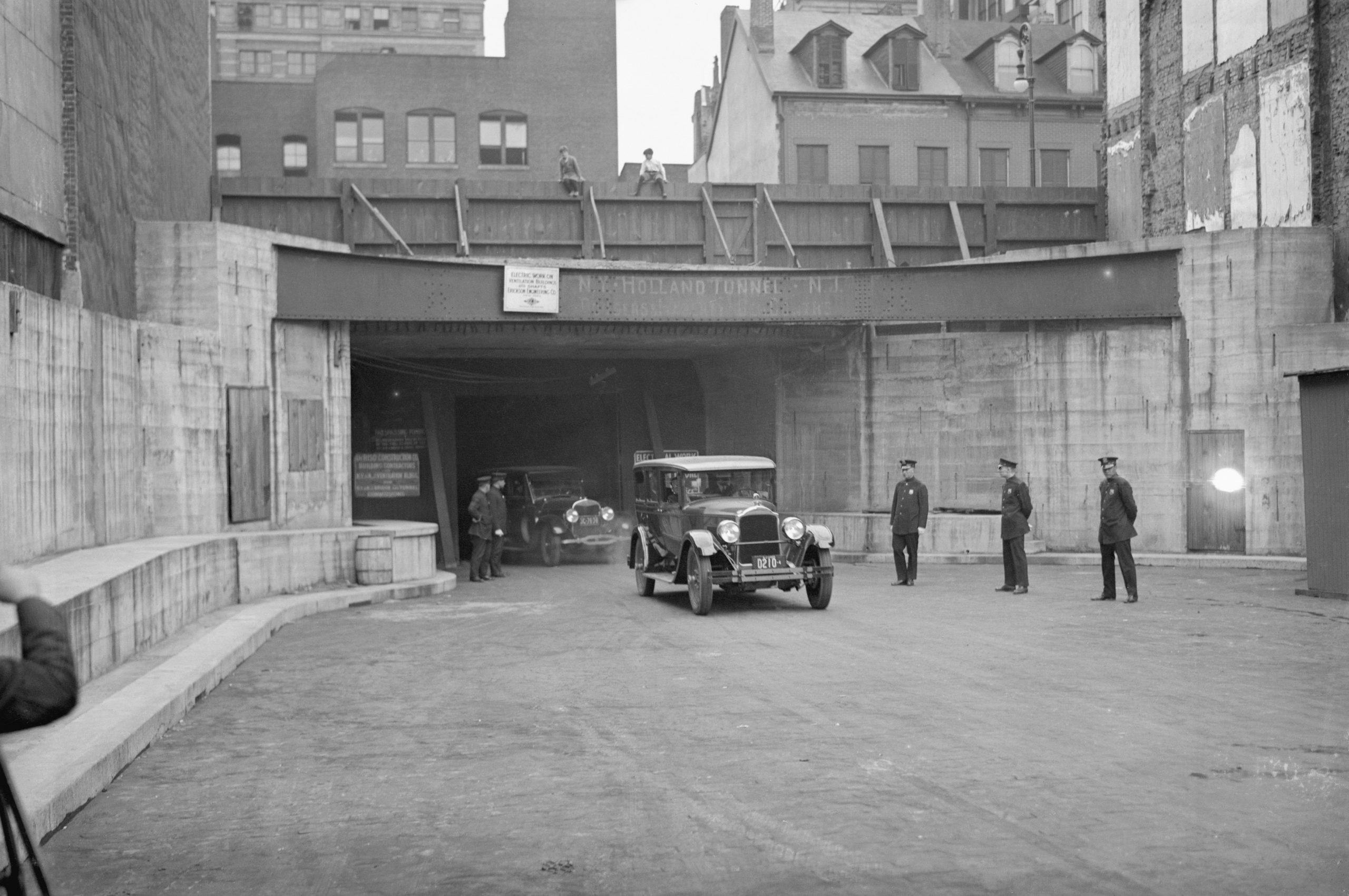
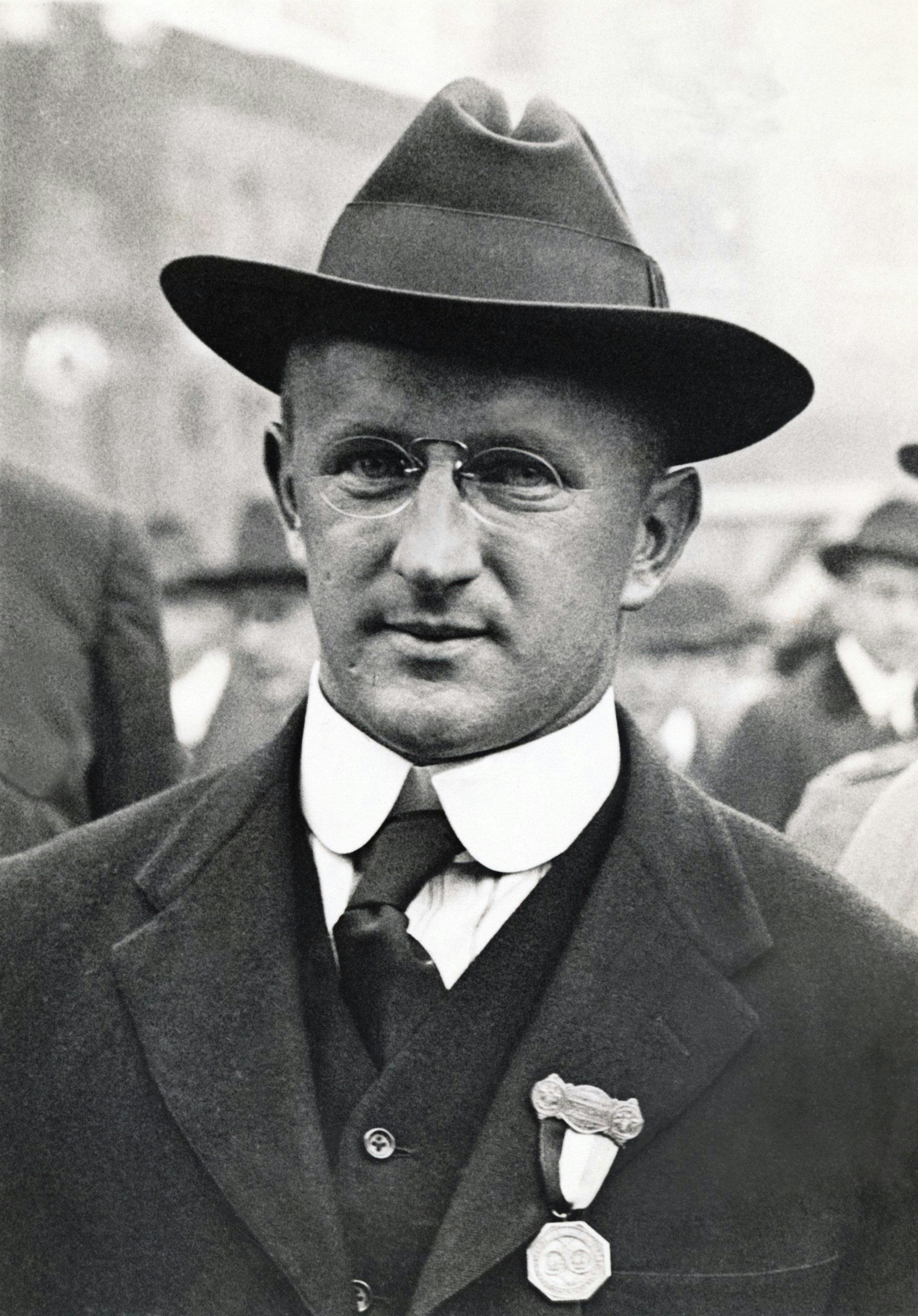
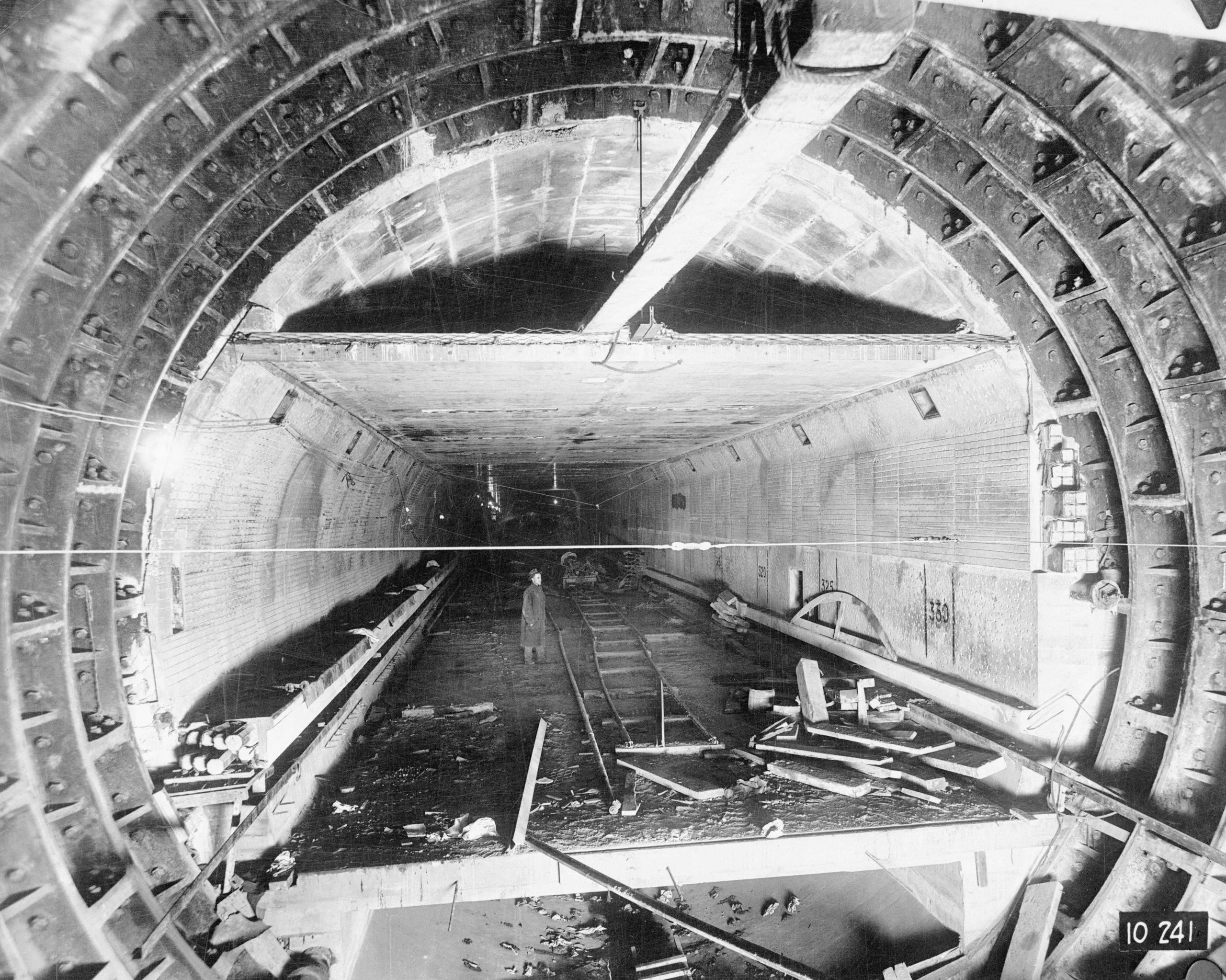
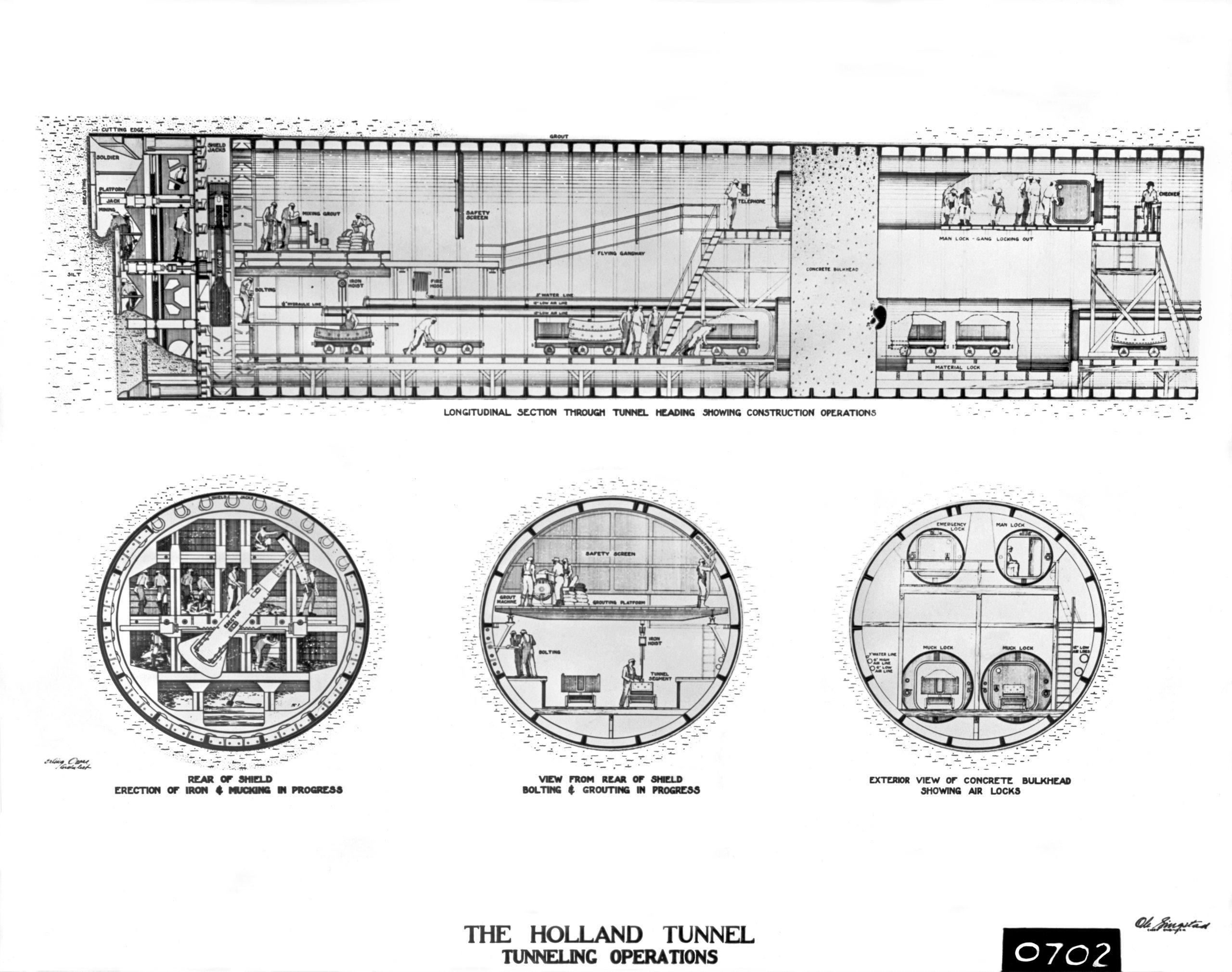
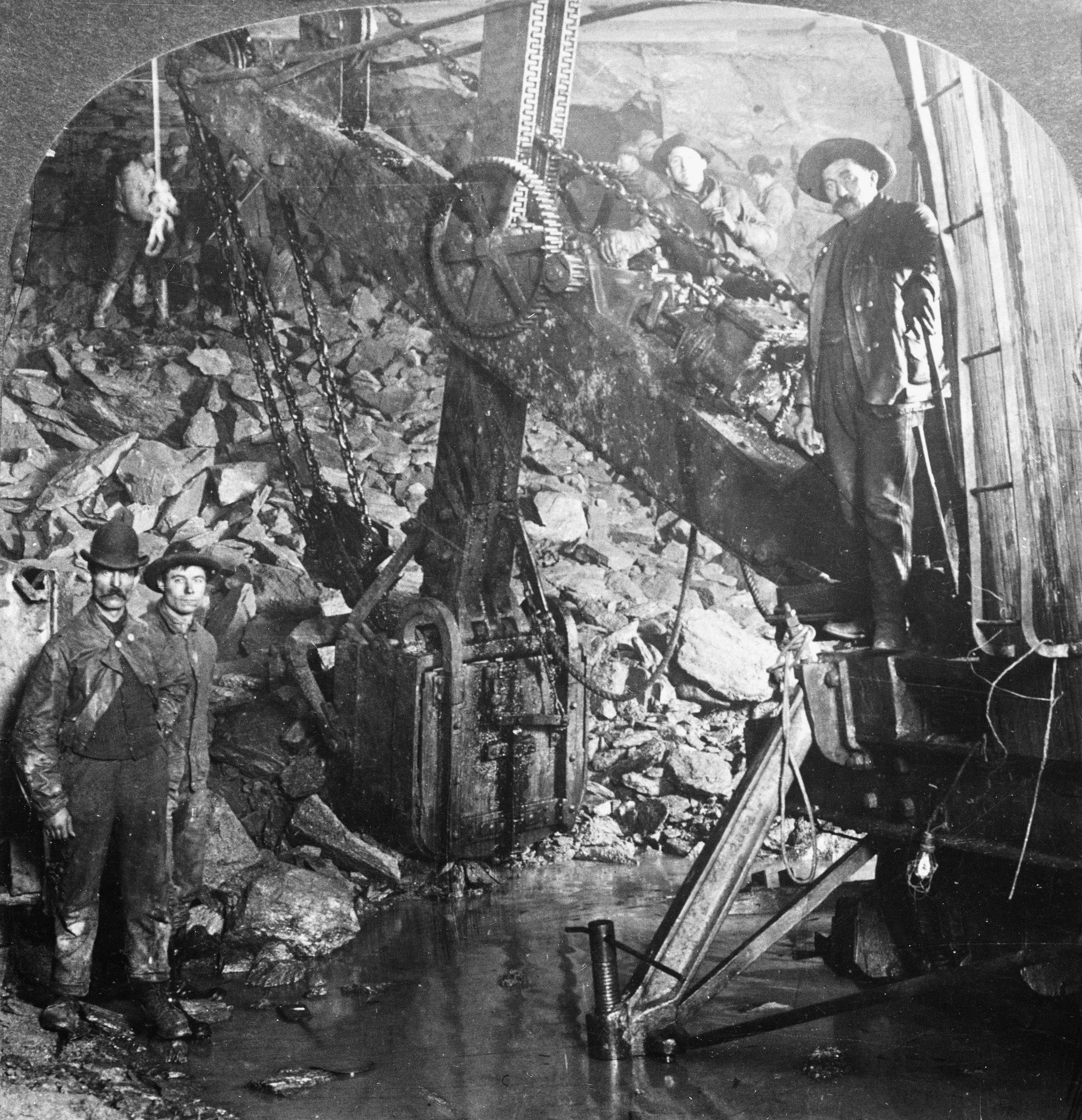
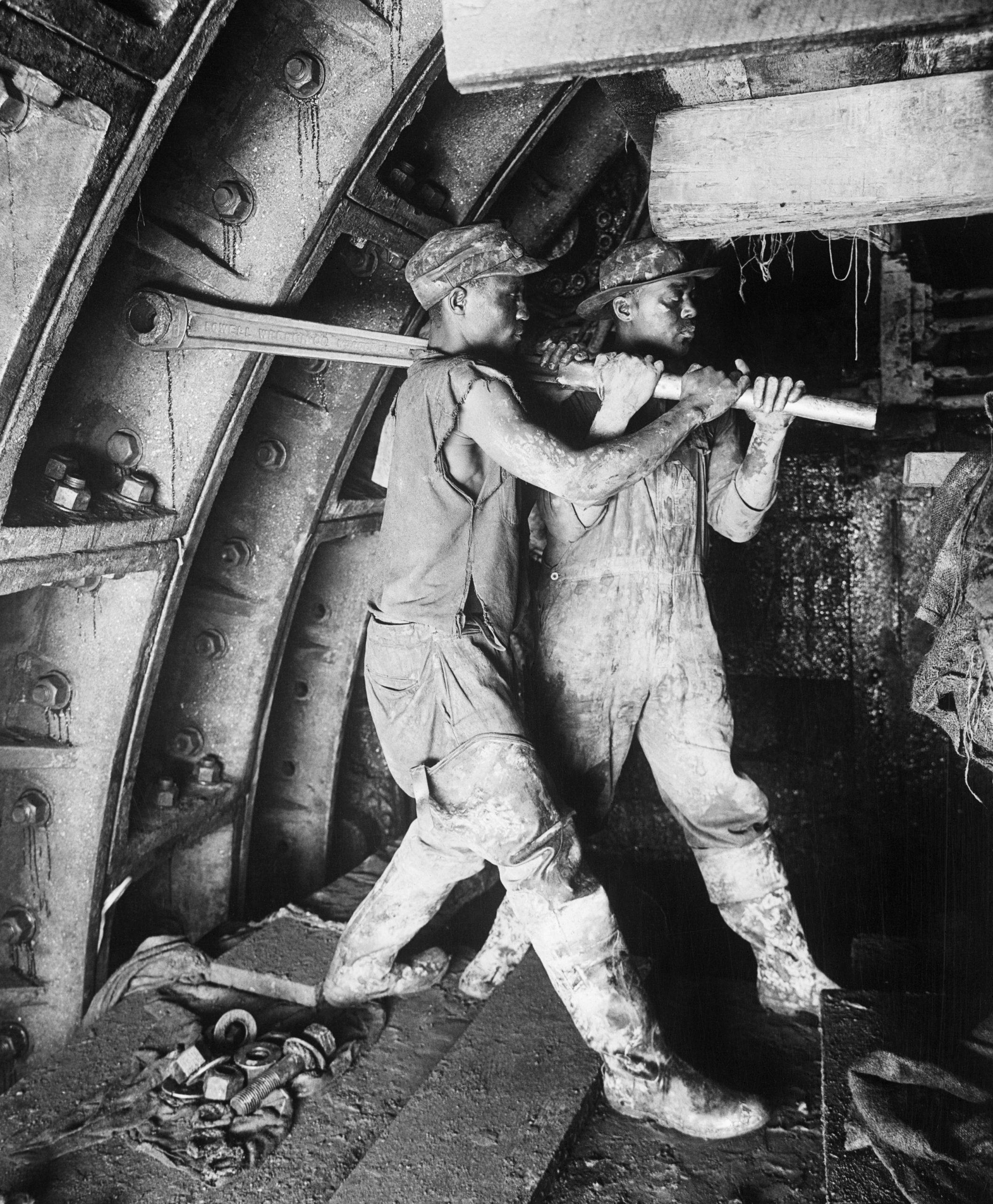

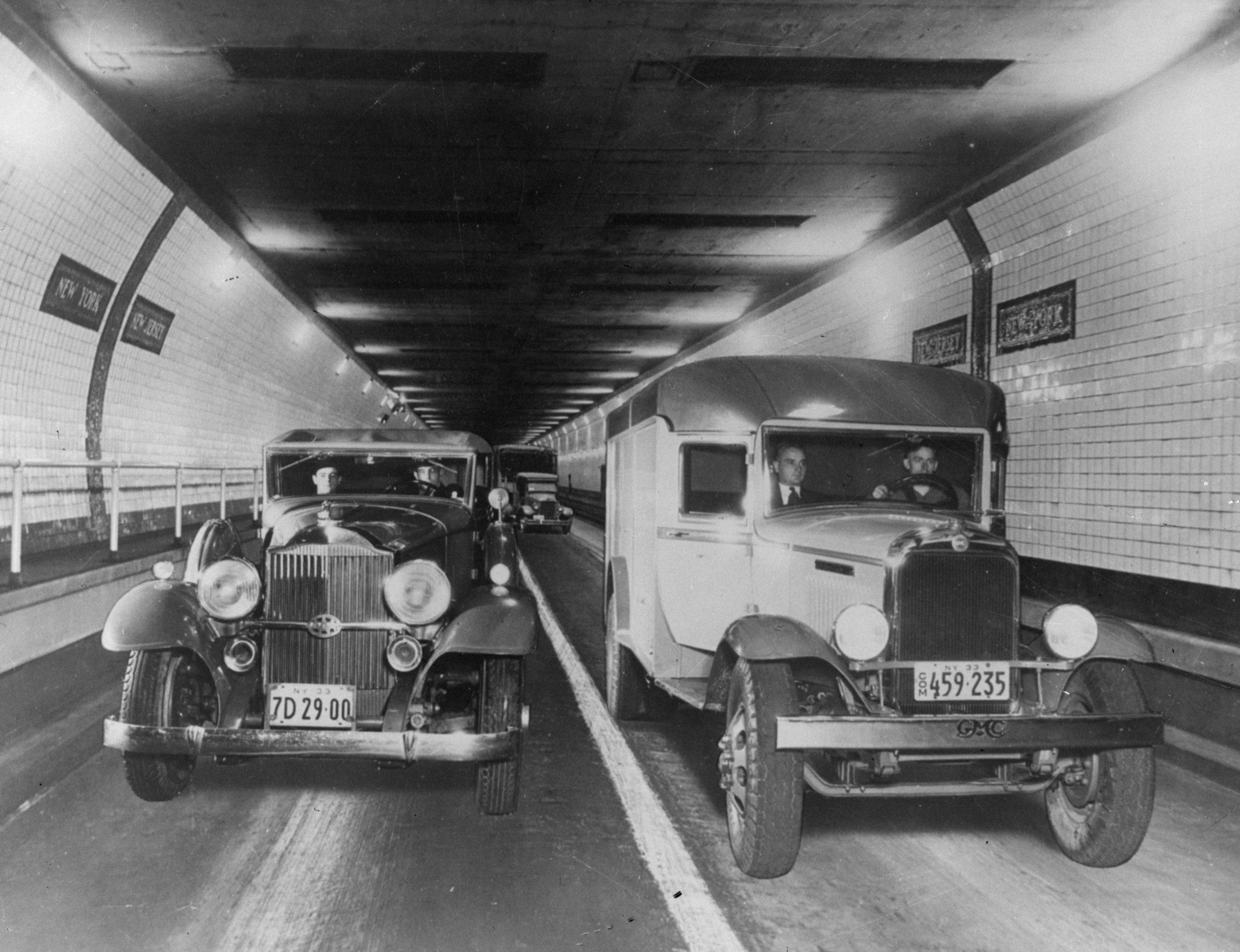














The Liberty Tunnel in Pittsburgh was completed in 1924 connecting the city with the South Hills of Alleghany County. They did not ventilate the tunnel thinking the movement of traffic would be sufficient. However a traffic jam resulted in some motorists passing out from fumes. In 1928 a ventilation system was installed. So, the Holland Tunnel was not the first but probably the first under a river. The tunnel terminated on the city side by the Monongahela River and drivers needed to find a bridge once exiting the tunnel. In 1928 the Liberty Bridge was completed allowing traffic to flow out of the tunnel onto a bridge and into the city. Traveled through the tunnel too many time to count. And I’ve been in many traffic jambs as well. Some things never change! https://en.wikipedia.org/wiki/Liberty_Tunnel
The construction of this tunnel is pretty amazing. Why do we not seem to able to do these things in the modern day?
Bad legislation that led to excessive environmental indulgence. Today, the interstate system would never be allowed, disrupting the migration patterns of the red-bearded squirrel. For reference –
https://www.washingtonexaminer.com/opinion/environmentalists-are-why-we-cant-build-anything-anymore
Not sure I understand your comment. There are a number of significant underwater tunnel construction projects underway around the world. As an example, here in the northeast, design work is underway to build new rail tunnels between NJ and NYC, with construction due to commence relatively soon.
If it hadn’t been for then-governor Christie canceling the project, it would’ve been completed over ten years ago.
Gary Bechtold might be thinking of Boston’s Big Dig which leaked torrents of water and killed a woman (unrelated to the leak) shortly after it opened. Perhaps such “teething pains” were footnotes for Holland’s achievement, if there were any, but 90 years later those types of failures are a disgrace.
all designs and plans hand written,,,there was no CAD. I would say a simpler life indeed.
True dat. The pic of two grimy workers using what can only be described as a Big Ass Wrench brings that home.
I don’t believe those sandhogs shown in the top photo would agree that their lives were simpler. Shorter, maybe.
The Liberty Tunnel in Pittsburgh was the first vehicular tunnel to open.
How can you say the Holland was the first vehicular tunnel when it opened in 1927, while Pittsburgh had opened its Liberty Tunnels in 1924….
The first vehicular tunnel in the US was the Liberty tunnel in Pittsburgh not the Holland tunnel in New York.. it opened in 1924
Pittsburgh’s Liberty tunnel opened in 1924…so your facts are wrong.